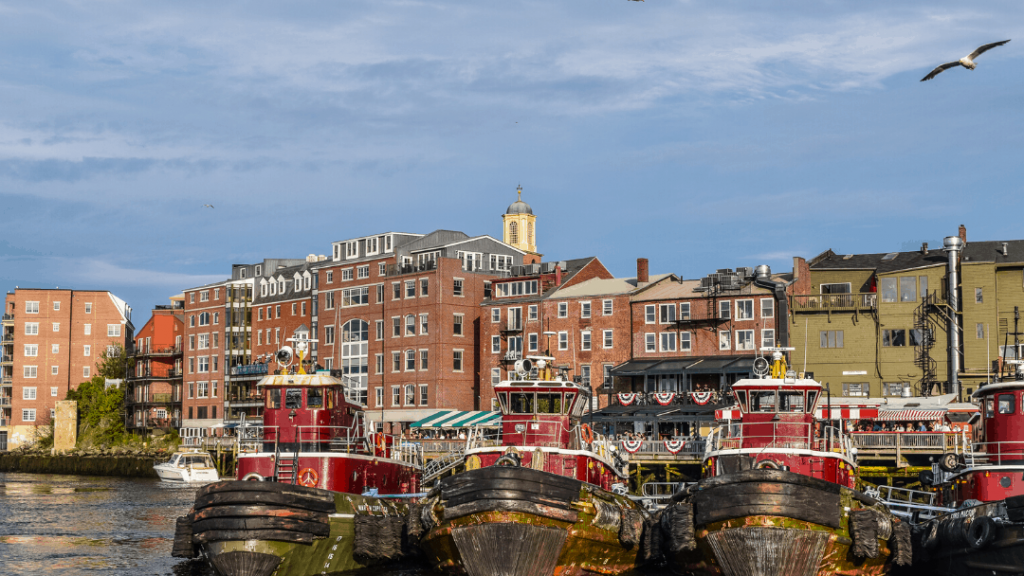Stacker ranked all states and Washington D.C. based on the percentage of their populations below the federal poverty threshold. Data comes from the U.S. Census Bureau’s 2018 American Community five-year estimates.
A report from the Urban Institute this month estimated that 29.3 million people in the U.S. are living in poverty, resulting in a national poverty rate of 9.2 percent. For Hispanics-Latinos, it is estimated to be 13.7 percent.
New Hampshire continues to boast the lowest state poverty rate in the country, but the good news is not shared by all in the Granite State. Hispanics-Latinos live (and are driving the population growth) in four of the 10 poorest cities.
New Hampshire came in at #51 in the Stacker list with a population below the poverty line at 102,352 (7.9% of the state population).
- Children ages 0-17 in poverty: 26,189 (10.2% of all children)
- Race/ethnicity poverty demographics:
- Hispanics/Latinos: 8,180 (17.8% of Hispanics/Latinos in New Hampshire)
- Asian American: 3,476 (10.1% of Asian Americans in New Hampshire)
- Black Americans: 3,626 (19.8% of Black Americans in New Hampshire)
- Native Americans/Alaskans: 258 (13.1% of Native Americans/Alaskans in New Hampshire)
- White Americans: 84,797 (7.2% of all White Americans in New Hampshire)
Having the lowest state poverty rate masks the situation for many residents who are weighed down by New Hampshire’s high housing costs and struggle to pay for necessities, according to local fiscal experts. According to a report by Barron News Shield, job growth in the state has been concentrated in low-paying sectors of health care, accommodation, and food services.
U.S. poverty rates also reveal a disturbing racial gap, with people of color who are more likely to be poor than white Americans, according to the Kaiser Family Foundation. Hispanics-Latinos continue to be overrepresented among the population in poverty. They made up 18.3 percent of the total population in 2017 but accounted for 27.2 percent of the population in poverty.
RoadSnacks analyzed the newest Census data from the American Community Survey for the 27 places in New Hampshire with more than 5,000 people to determine which areas are struggling with poverty.
The ten poorest places in New Hampshire for 2020:
- Berlin (Photos)
- Durham (Photos)
- Newport (Photos)
- Manchester (Photos)
- Keene (Photos)
- Laconia (Photos)
- Franklin (Photos)
- Rochester (Photos)
- Claremont (Photos)
- Derry (Photos)
Here are the cities in new hampshire with the largest Hispanic population in 2020:
- Nashua (Photos)
- Manchester (Photos)
- Berlin (Photos)
- Lebanon (Photos)
- Franklin (Photos)
- Somersworth (Photos)
- Concord (Photos)
- Dover (Photos)
- Keene (Photos)
- Portsmouth (Photos)
New Hampshire has experienced a 36.8% increase in its Hispanic-Latino population. HomeSnacks came up with a list of cities and towns in New Hampshire with the greatest increase in its Hispanic population.
Four of the ten poorest places in New Hampshire are also in the top ten Hispanics-Latinos call home: Berlin, Manchester, Keene, Franklin.
Census Bureau estimates that 10% of New Hampshire is now a racial or ethnic group. Specifically, the Census Bureau estimates that in mid-2018, 136,000 of New Hampshire’s 1.356 million residents were either Hispanic or non-white, or both.




